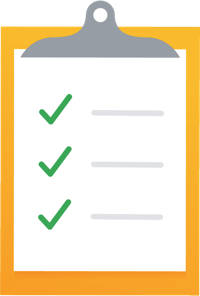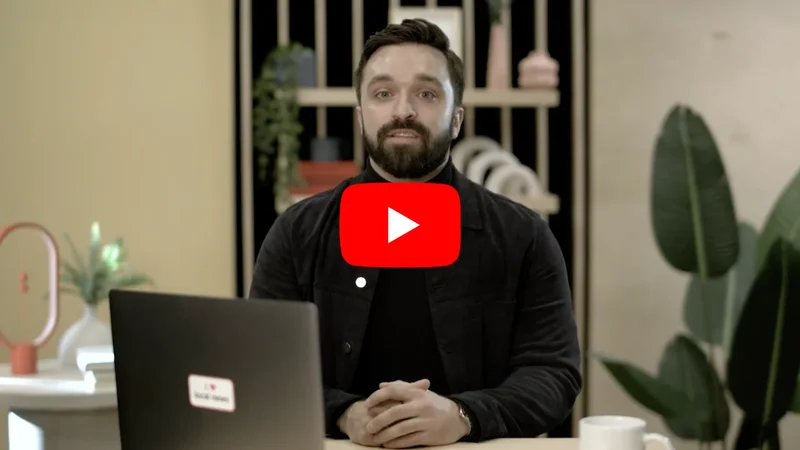Understand ad sizes and formats
Understand how ad sizes and formats affect prices and revenue
Which ads earn the highest revenue?

Advertisers want their ads to show up, look good and be seen – which is why ad types, sizes, placement and engagement all factor into how much an ad sells for.
These ad types typically garner higher prices:
- Native ads match the style of your site and are usually sponsored.
- Video ads play before, during or after a video in a video player
- Display ads that include rich media that contain video, audio or other interactive elements that appear throughout your site
💡 Best practices from the Better Ads Standards lay out best ways to have users better engage with ads:
- Label native ads clearly, so they can’t be mistaken for content.
- Mute autoplaying video ads
- Make video ads skippable if they play before the video
- Avoid playing ads in the middle of a video
- Avoid pop-up, flashing or large display ads
- Avoid ads that force you to wait before they can be closed
- Use top-performing sizes, which tend to have more available inventory:
- Medium rectangle (300 x 250)
- Large rectangle (336 x 280)
- Leaderboard (728 x 90, tablet-friendly)
- Wide skyscraper (160 x 600)
- Sizeless or responsive (set based on the person’s device)

Set your page layout

Every day, we go online using devices from desktop computers with large screens to mobile devices with small screens, and everything in between.
By 2023, the global number of devices and connections per person will increase to 3.6 on average.
Because of the different screen sizes, some ads never appear, which is measured by viewability. At least 50% of the ad must be visible for one second (two seconds for video) to be considered viewable.
💡Best practices:
- Set pages to have only one fold, as short-form content is more viewable
- Place engaging content on the first page, above the fold
- Place related articles’ headlines near the bottom of the screen to encourage people to scroll down the page
- Set pages to fit any screen by setting the viewport
- Use Google Publisher Tag to build responsive ads that fit any screen. If you use Google AdSense, display ad units are responsive by default.

Place your ads

Advertisers care about how their ads are displayed – which is why direct sold ads often sell for more, as programmatic ads offer less flexibility, such as where they may show up on a page.
Ad tags are how advertisers understand what your ad is. Tagging your ads’ attributes helps advertisers find your ads and bid on them.
💡 Best practice: Improve your site experience by placing ads in these six areas, as identified by the Better Ads Standards.
Mobile
- Anchored top banner
- Anchored bottom banner
- Static inline
Desktop
- Long rectangle on the right
- Static large header
- Static inline
💡 More best practices:
- Place ads within articles, so they appear as you scroll
- Tag ads that appear in topics or sections, like sports or local events
- Tag where ads are placed, like headers
- Avoid placing ads where there is little or no unique content, or too many ads, as advertisers want to appear near your content

Load ads quickly

Web performance depends a lot on speed. If a page takes more than three seconds to load, a visitor’s likelihood of leaving increases by 32% – and increases to 90% if it takes more than five seconds.
High-performing sites engage and retain users better than poorly performing ones. For example, the BBC found they lost an additional 10% of users for every additional second their site took to load.
How can you quickly tell if your news site is performing well?
- Does the page load in less than three seconds?
- Can I click on an ad in less than three seconds?
- If you need to wait for something to load, is there reassuring feedback, like a loading spinner?
💡Best practices:
- Find out how to make your pages load faster with PageSpeed Insights
- Enable lazy loading
- Save images using formats like WebP that load faster
- Use Lighthouse to get an audit on how to increase your ad load speed










